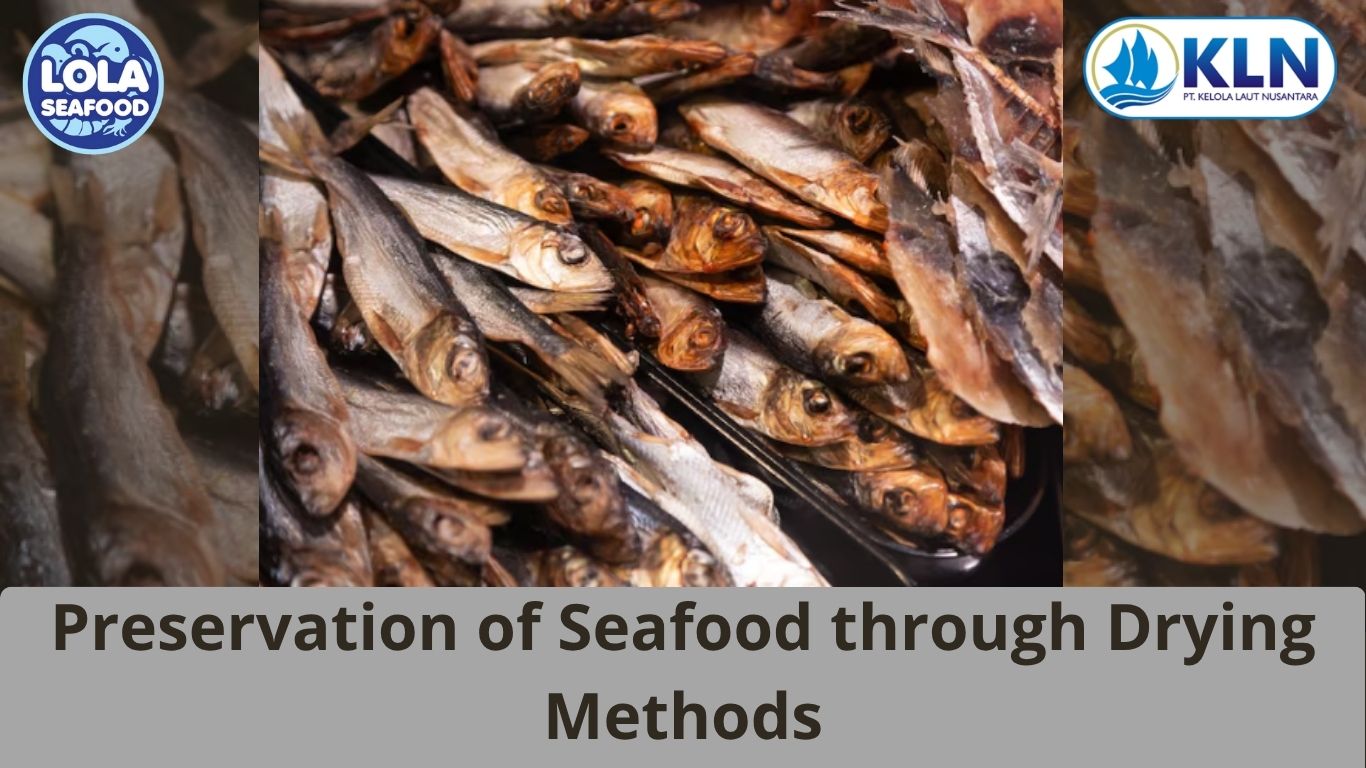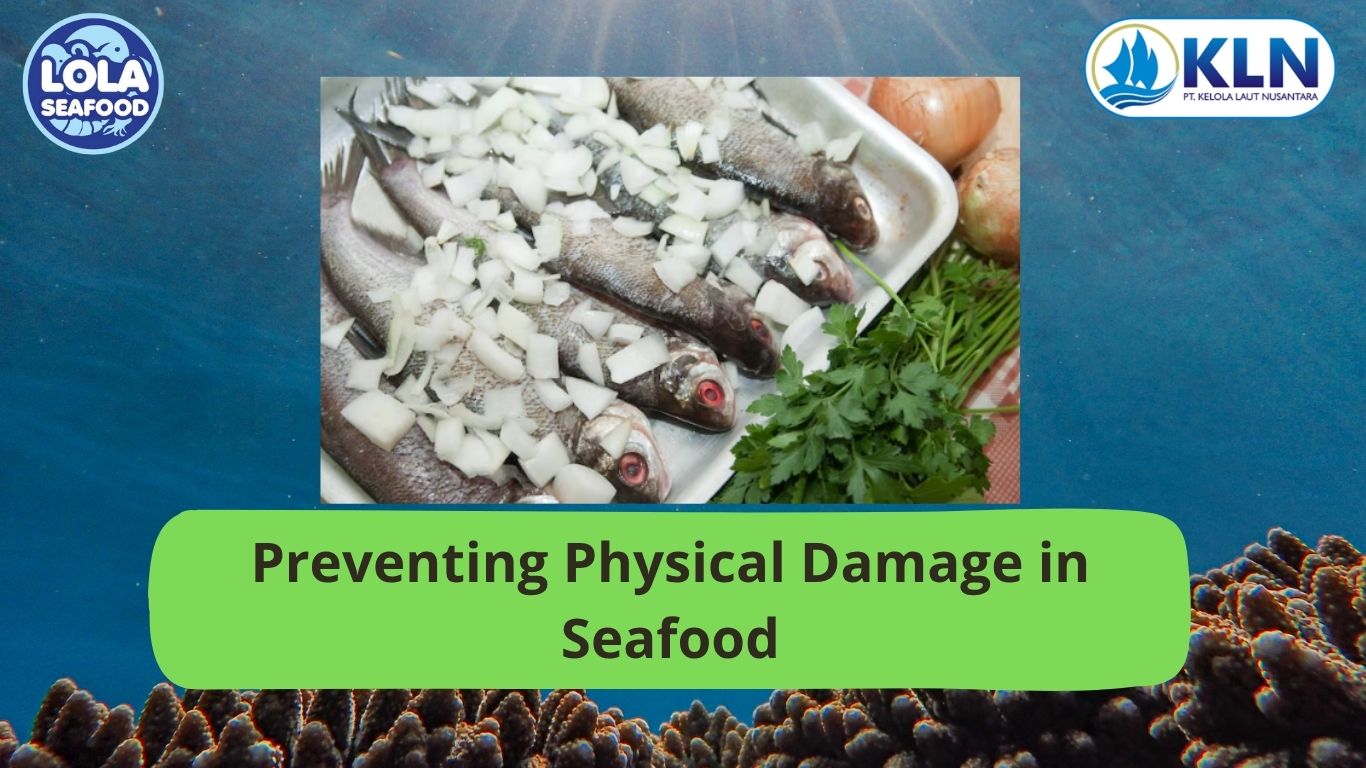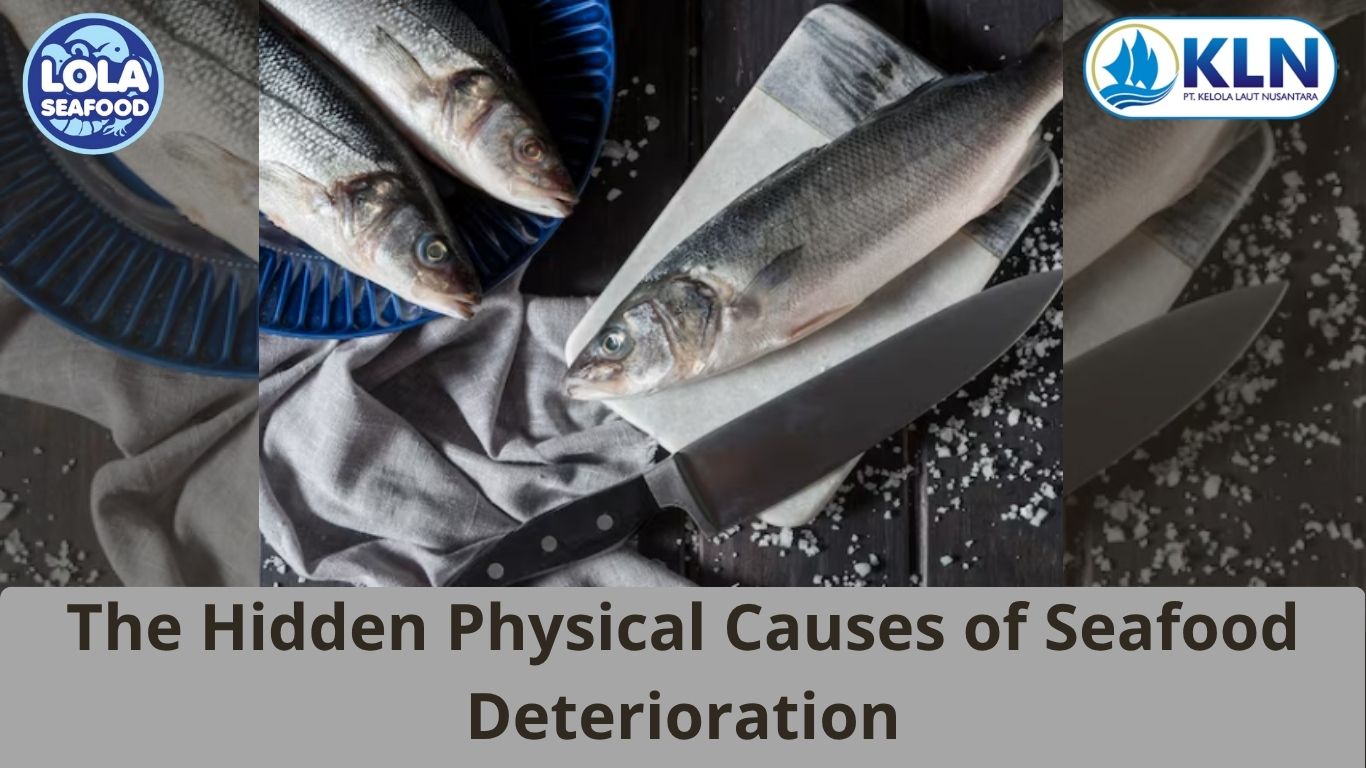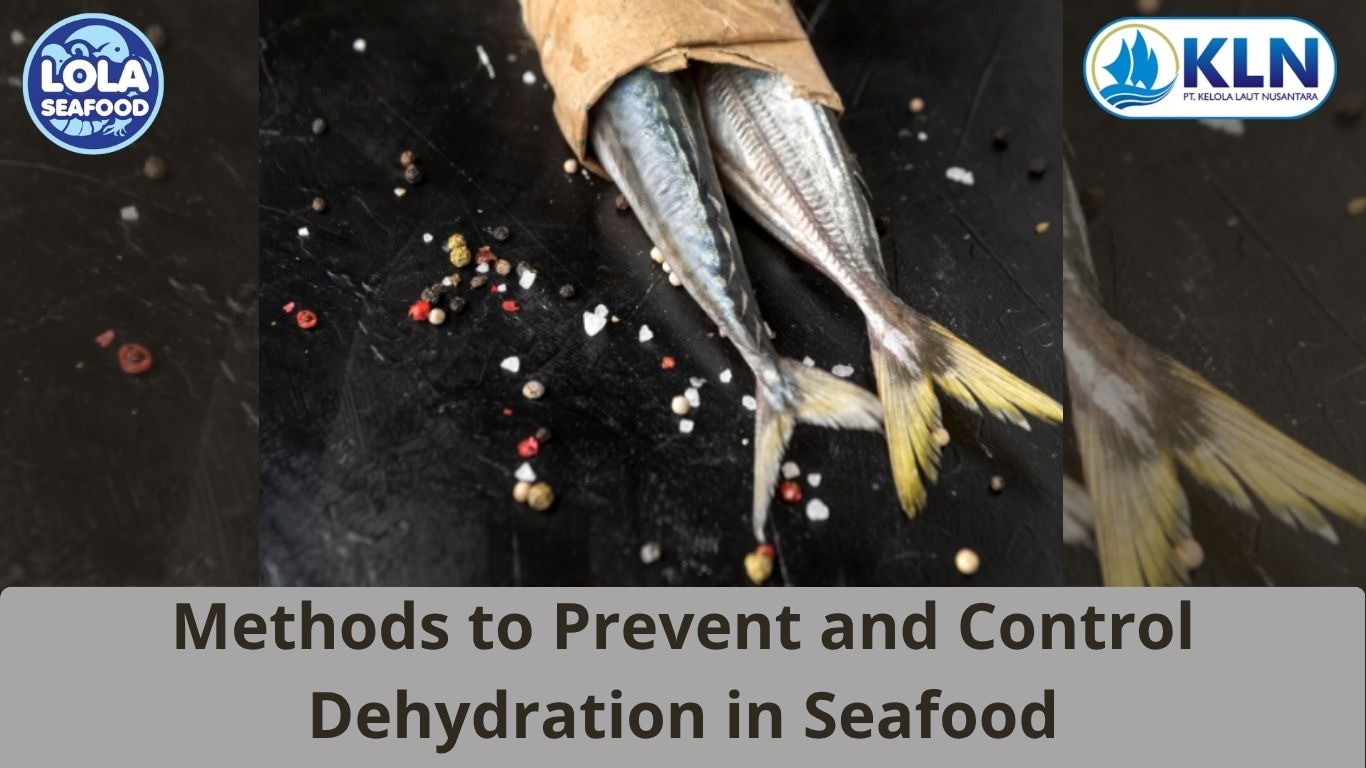The Best Time to Harvest Mahi-Mahi Fish
By. Puji Widyastuti - 18 Feb 2025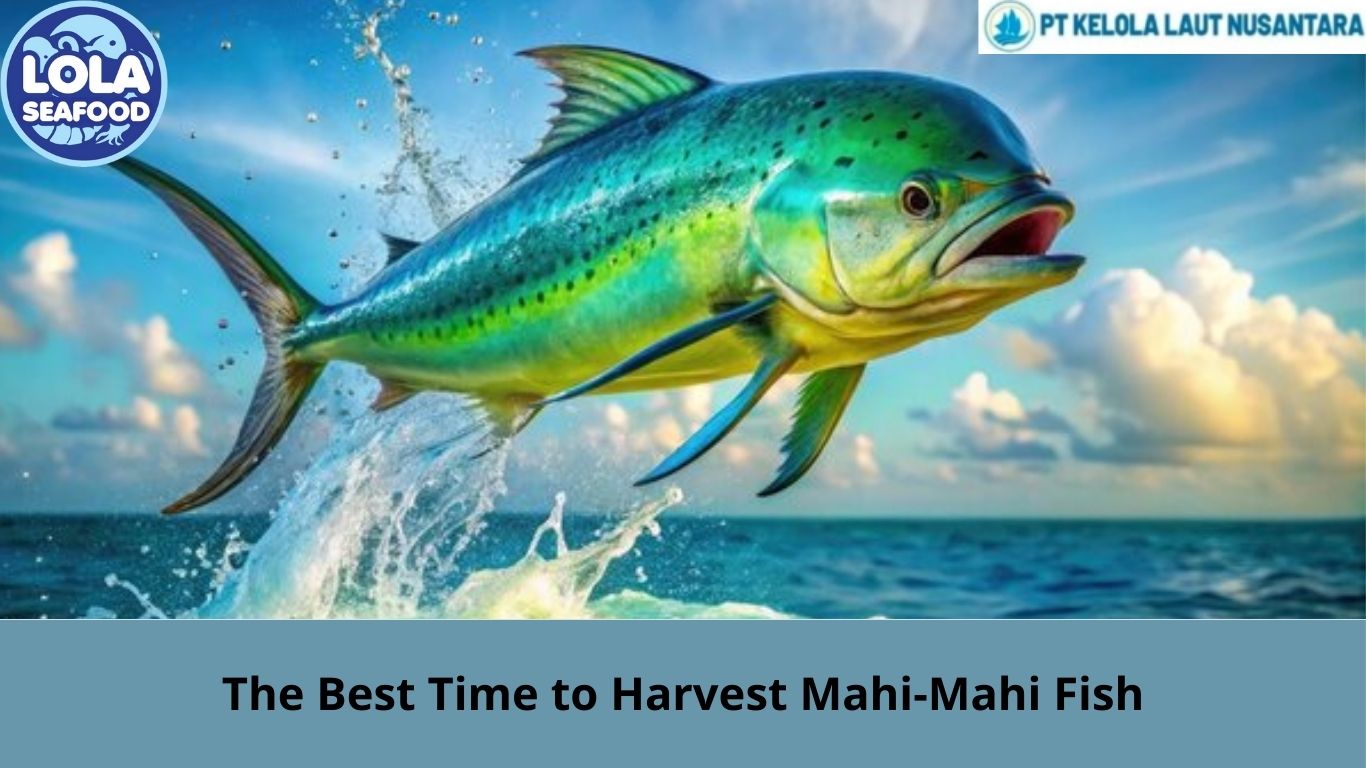
Kelolalaut.com Mahi-mahi, also known as dolphinfish or dorado, is a prized catch among recreational and commercial fishers worldwide. Known for its vibrant colours, fast growth rate, and delicious taste, mahi-mahi is a staple in seafood cuisine. However, to ensure the best quality and sustainability, it is crucial to harvest mahi-mahi at the right time.
Understanding Mahi-Mahi’s Seasonal Patterns
Mahi-mahi is a migratory fish that thrives in tropical and subtropical waters. These fish prefer warm ocean currents, making their movements highly dependent on water temperatures and seasonal changes. In general, the best time to harvest mahi-mahi varies by region, but peak seasons are typically associated with warmer months when these fish are most abundant.
In the Atlantic Ocean, the Caribbean, and the Gulf of Mexico, mahi-mahi fishing is at its best from April to September, when the fish are most active and plentiful. In the Pacific Ocean, off the coasts of California, Mexico, and Central America, the prime season generally falls between May and October. Around Hawaii and other Pacific islands, mahi-mahi can be caught year-round, but their numbers peak between March and June.
Factors Influencing Mahi-Mahi Harvesting
1. Water Temperature
Mahi-mahi prefer water temperatures between 72°F and 82°F (22°C - 28°C). When the ocean reaches these temperatures, mahi-mahi tend to school in large numbers near the surface, making them easier to catch.
2. Spawning Season
Mahi-mahi are incredibly fast-growing and reproduce quickly. They spawn multiple times a year, with peak spawning occurring in warm months. Harvesting during these peak times ensures a steady supply without negatively impacting future populations.
3. Ocean Currents and Floating Debris
Mahi-mahi are often found near floating debris, seaweed patches (such as sargassum), and ocean currents like the Gulf Stream or the California Current. These environments attract baitfish, which in turn attract mahi-mahi.
Why Timing Matters for Harvesting
Harvesting mahi-mahi at the right time ensures the best quality fish. During peak seasons, mahi-mahi is well-fed and in prime condition, yielding firm, flavourful fillets. Additionally, fishing during peak migration times allows fishers to catch mature fish while still allowing younger fish to continue reproducing, promoting sustainable fishing practices.
Sustainable Harvesting Practices
To protect mahi-mahi populations and maintain healthy fisheries, sustainable harvesting is essential. The following practices help ensure long-term availability:
- Adhering to Fishing Regulations – Many regions have catch limits and size restrictions to prevent overfishing. Typically, mahi-mahi should be at least 20 inches long before being harvested.
- Using Selective Fishing Methods – Avoiding harmful fishing techniques like longlining and opting for rod-and-reel or trolling methods reduces bycatch and protects other marine species.
- Respecting Spawning Cycles – Fishing responsibly during spawning seasons ensures future generations of mahi-mahi remain abundant.
The best time to harvest mahi-mahi depends on location, water temperature, and seasonal patterns. Generally, warm months from April to October are ideal for catching these fish when they are most abundant and in peak condition. By following sustainable fishing practices, fishers can continue to enjoy the thrill of catching mahi-mahi while preserving the species for future generations.
If youre interested in our Mahi-Mahi Fillet Skinless please do not hesitate to contact us through email and/or whatsapp



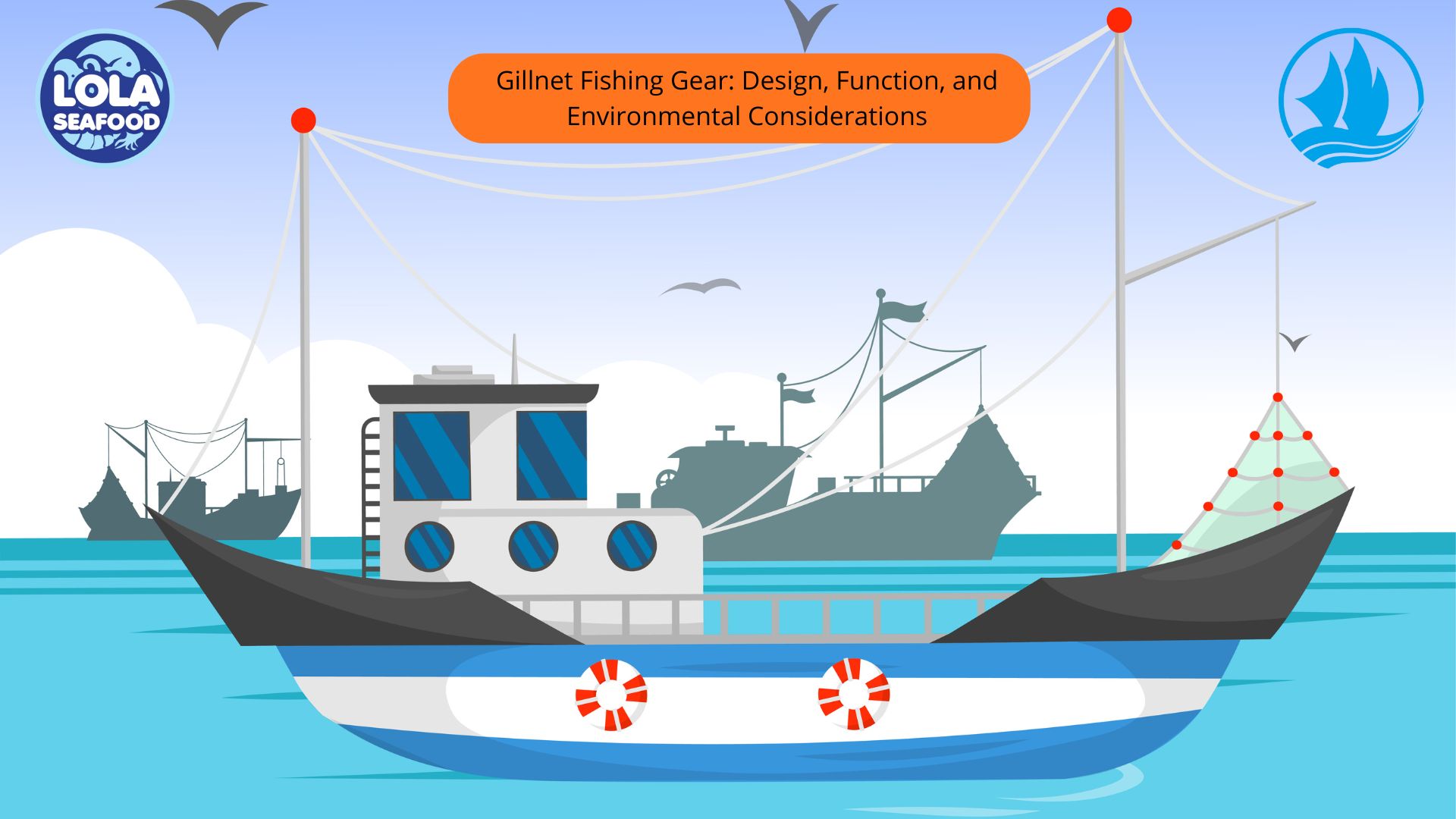
.jpg)
